iHeartDogs is reader-supported. When you buy via links on our site, we may earn an affiliate commission at no extra cost to you.

How To Conquer Your Pug’s Separation Anxiety, Sound Anxiety or Travel Anxiety
If your Pug is experiencing anxiety, life can be miserable both for you and your pup. I myself spent 2 years battling extreme separation anxiety with my dog, and we successfully came out on the other side. In this article I’ll share some of the resources and strategies that worked for us.
There are many forms of anxiety that your pug may be suffering from. Typical causes of anxiety in Pug’s might be:
- Separation anxiety – Fear of being separated from their owner. This often manifests itself by your Pug pacing, drooling, biting, or being destructive while you’re away.
- Sound anxiety – Fear of loud noises like thunder, fireworks, or a vacuum cleaner
- Travel anxiety – Fear of traveling in a moving vehicle, or fear of intimidating places like your vet’s office or a boarding kennel
1. Experiment with Hemp Oil for Your Pug’s Anxiety
One of the tools I successfully used in treating my dog’s anxiety was hemp. While your results may vary, approximately 67% of the dog owners polled here claimed that hemp was ‘extremely effective’ or ‘somewhat effective’ in helping their dog’s anxiety.
In my experience, hemp helped my dog calm down enough to respond positively to the other training methods I was using to treat her anxiety. When choosing a hemp oil, always look for a certificate of analysis showing a pure and safe product. I’d also recommend a product with 0% THC.
If you’d rather not give an hemp oil tincture to your dog, there are also great full spectrum hemp treat options available for dogs on Amazon.
2. Desensitize Your Pug to The Cause of Their Anxiety
A key strategy for treating your pug’s anxiety is desensitizing them to the trigger of their fear. For example, my dog’s anxiety was triggered anytime I walked out the door to leave the house. For other dogs, the trigger might be you grabbing your keys or putting on your coat.
Begin by doing the trigger activity, but then immediately reversing it. For example, I would grab my keys and walk out the door. Then I’d come back 5 seconds later. I did this literally hundreds of times over a period of a week. Eventually, my dog was desensitized and bored by the behavior.
Related: Best Calming Treat for Dogs
3. For Sound Anxiety, Trying Isolating Your Pug and Playing Loud Music
Many Pug’s that suffer from thunderstorm or fireworks anxiety experience relief in a smaller, more isolated room of the house where music can be played at a loud volume. A word of caution though, if your dog is also experiences separation anxiety leaving them alone in a room during may be counterproductive.

4. Try Using a Compression Wrap (Available in Many Sizes and Will Fit Your Pug)
Many dogs are comforted by the feeling of compression across their body. One popular product many have found success with is the Thundershirt (available on Amazon and Chewy). The product applies gentle, calming pressure that is very reassuring to many pups. The company claims the product to be helpful for about 80% of the dogs who tried it. It can be used to help calm your Pug during fireworks, thunder, separation, travel, or vet visits, with no training and no medication required.
5. Try an Herbal Supplement for Your Pug with Calming Herbs Like Chamomile, Passion Flower, Ginger Root or Valerian Root
Many calming supplements exist for dogs that are palatable for dogs, easy-to-feed, and can help quickly relieve your Pug’s stress and give a sense of safety and calm. Some supplements contain calming herbs like chamomile, passion flower, ginger root, and valerian root are a great option.

6. Experiment with a Pheromone Diffuser for Your Pug
Canine pheromone diffusers mimic the calming pheromone that a mother dog emits while nursing her puppies. The diffuser can help many dogs feel calmer and more comfortable in stressful situations. The same company that makes the Thundershirt above also makes a product called ThunderEase diffuser, which is also available on Amazon and Chewy.
7. Try an Anti-Anxiety Supplement Containing L-Tryptophan, L-Theanine or Melatonin
Other popular ingredients in anti-anxiety supplements include the amino acids L-Tryptophan and L-Theanine, both of which offer calming properties and increase the release of “feel good” serotonin in your dog’s body. In addition, some calming products for dogs contain a small amount of melatonin, which can help regulate and improve their sleep.

8. Experiment with Using Your Own Scent & Sound to Calm Your Pug
In my experience, using your own scent and sound to help calm your dog is a powerful strategy in beating anxiety. I stumbled upon this one day with my own dog by accident.
Typically, if I left the home my dog would instantly enter a panic. But one day I needed to take a long phone call, and left my dog outside my bedroom door where I took the call. During the call, she calmly lied next to the door, where she could obviously smell and hear me. It occurred to me that I could possibly mimic this tactic while I wasn’t at home.
I recorded my voice on a CD player and then put it on loop. Then I placed a used t-shirt on the inside of the door where she could easily smell it underneath. To my surprise, I was able to leave the house for a short time. (I monitored her on a video camera). I slowly increased the length of time I left, and always found her calm and sincerely believing that I was just behind the door!
If you’d like to read the full story of how I cured my dog’s extreme separation anxiety, go here.
Another popular calming product is the heartbeat puppy toy. Traditionally, these have been used to help calm puppies who have recently left their litter. The plush toys come with a warming features as well as a simulated heartbeat. While originally intended for puppies, many dog owners have found they can effectively calm dogs of all ages. This popular model is available on Amazon.
Defeating your Pug’s anxiety is absolutely possible—though every dog’s path to calm will be unique. The tools and strategies above can help you get started, but sometimes our pups need an extra layer of support. That’s why at iHeartDogs, we trust gentle, vet-formulated supplements designed to ease stress without harsh medications.
For best results, you can pair the Cannanine Ultra-Premium Broad Spectrum hemp Oil with our Cannanine Bacon-Flavored hemp Calming Chews. Together, these two supplements deliver 10 active, naturally calming ingredients—including hemp, melatonin, and valerian root—to promote relaxation and support emotional balance. Whether it’s fireworks, separation stress, or everyday anxiety, this powerful duo can help your dog feel safe, secure, and comforted.
Related: Top Pet Insurance Plans for Pugs
Frequently Asked Questions About Pugs Anxiety
1. Why do Pugs often suffer from anxiety?
Pugs are companion dogs bred to be close to their humans. Because of their affectionate nature, they can develop separation anxiety when left alone. Other triggers include loud noises, changes in routine, lack of socialization, and health-related issues.
2. What are the most common signs of anxiety in Pugs?
Signs of anxiety in Pugs include excessive barking or whining, pacing, destructive behavior, panting, shaking, and refusing to eat. Some may also become clingier than usual or hide when stressed.
3. Can separation anxiety be prevented in Pugs?
Yes, separation anxiety can often be managed or reduced by gradually training your Pug to spend time alone. Short departures, crate training, and providing toys or calming aids can help them feel more secure when you are away.
4. How does exercise help calm an anxious Pug?
Exercise helps release pent-up energy and stimulates your Pug both mentally and physically. Daily walks and play sessions reduce stress, improve mood, and make them less likely to develop anxious behaviors.
5. Can a consistent routine reduce Pug anxiety?
Yes, Pugs thrive on routine. Feeding, walking, and playtimes at consistent hours help them feel secure and reduce stress caused by unpredictability.
6. Are calming supplements safe for Pugs?
Calming supplements with ingredients such as chamomile, L-theanine, or CBD (vet-approved) can be safe for Pugs. Always consult your veterinarian before starting any supplement regimen.
7. How can crate training help with Pug anxiety?
Crate training provides Pugs with a safe, den-like environment where they feel secure. When done positively, it can reduce stress during times when you’re away and prevent destructive behavior.
8. What role does mental stimulation play in calming anxiety?
Puzzle toys, interactive feeders, and short training sessions keep your Pug mentally stimulated. This prevents boredom, which is a common cause of anxiety in small, intelligent breeds like Pugs.
9. Can music or sound therapy help calm a Pug?
Yes, soothing music, white noise, or special pet-calming soundtracks can reduce stress levels in anxious Pugs. These sounds mask triggers such as fireworks or outside noises.
10. What training methods help reduce Pug anxiety?
Positive reinforcement training, desensitization to triggers, and basic obedience exercises all help Pugs build confidence and cope with stress more effectively.
11. Are Pugs more prone to anxiety than other breeds?
Pugs are not more anxious by nature, but because of their strong attachment to humans, they are prone to separation anxiety. Their sensitivity to routine changes can also make them more reactive to stressful environments.
12. How do I calm my Pug during fireworks or thunderstorms?
During loud events, create a safe, quiet space for your Pug. Close windows, play soothing music, and offer comfort items like blankets or toys. Anxiety vests or calming treats may also help.
13. Can diet influence anxiety in Pugs?
A balanced diet rich in omega-3 fatty acids and vitamins can support brain and nervous system health. While diet alone won’t cure anxiety, poor nutrition may worsen stress and behavioral issues.
14. When should I seek professional help for my Pug’s anxiety?
If your Pug’s anxiety is severe, persistent, or affecting their quality of life, consult your veterinarian or a certified dog behaviorist. They can recommend behavior modification, supplements, or even medication if necessary.
15. Do Pugs get attached to one person more than others?
Pugs are known for being “velcro dogs” and often form the strongest bond with one family member. While they love the whole household, this deep attachment can make them more prone to separation anxiety when that person leaves.
Helping Your Pug Find Calm
Anxiety can feel overwhelming, for both you and your Pug, but it doesn’t have to define your dog’s life. With patience, consistency, and the right tools, most Pugs can overcome separation stress, noise phobias, or travel worries and return to their naturally happy, confident selves. Remember, every dog’s journey to calm will look different, so don’t be discouraged if progress feels slow. Even small steps forward are signs of healing. When combined with training and a loving routine, these solutions can make a world of difference in helping your Pug feel secure, relaxed, and ready to enjoy life by your side.

 1 month ago
36
1 month ago
36



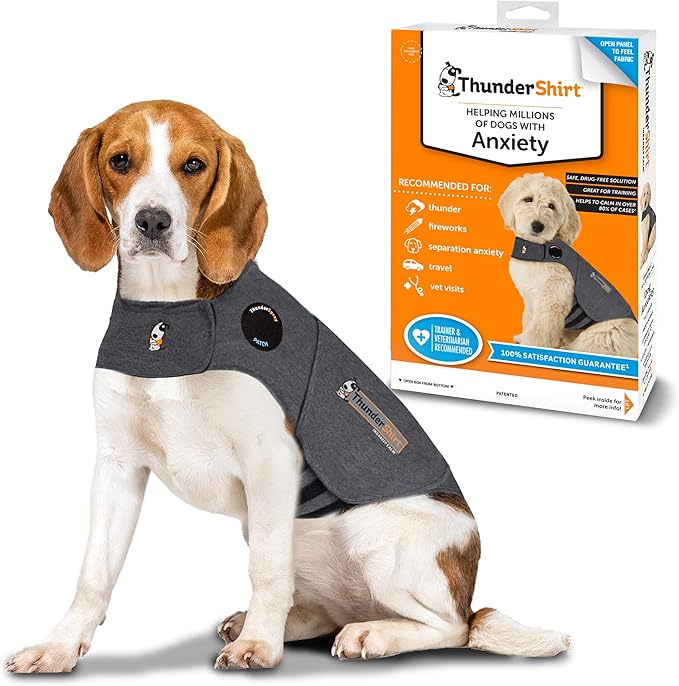

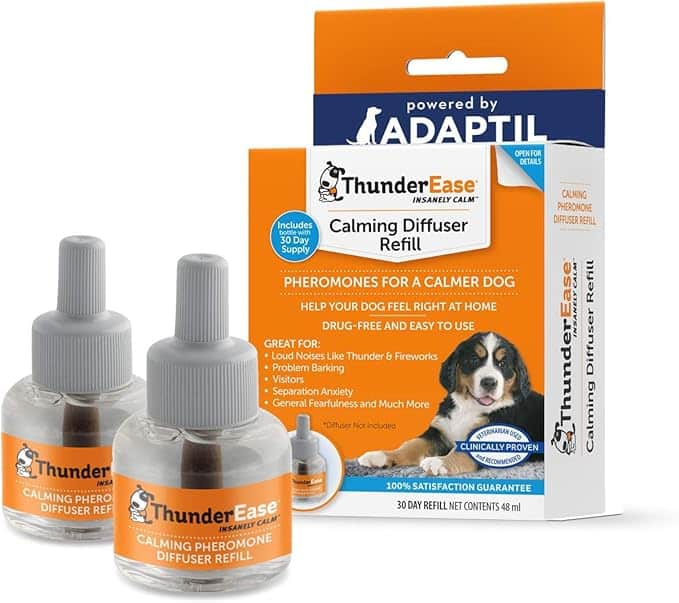
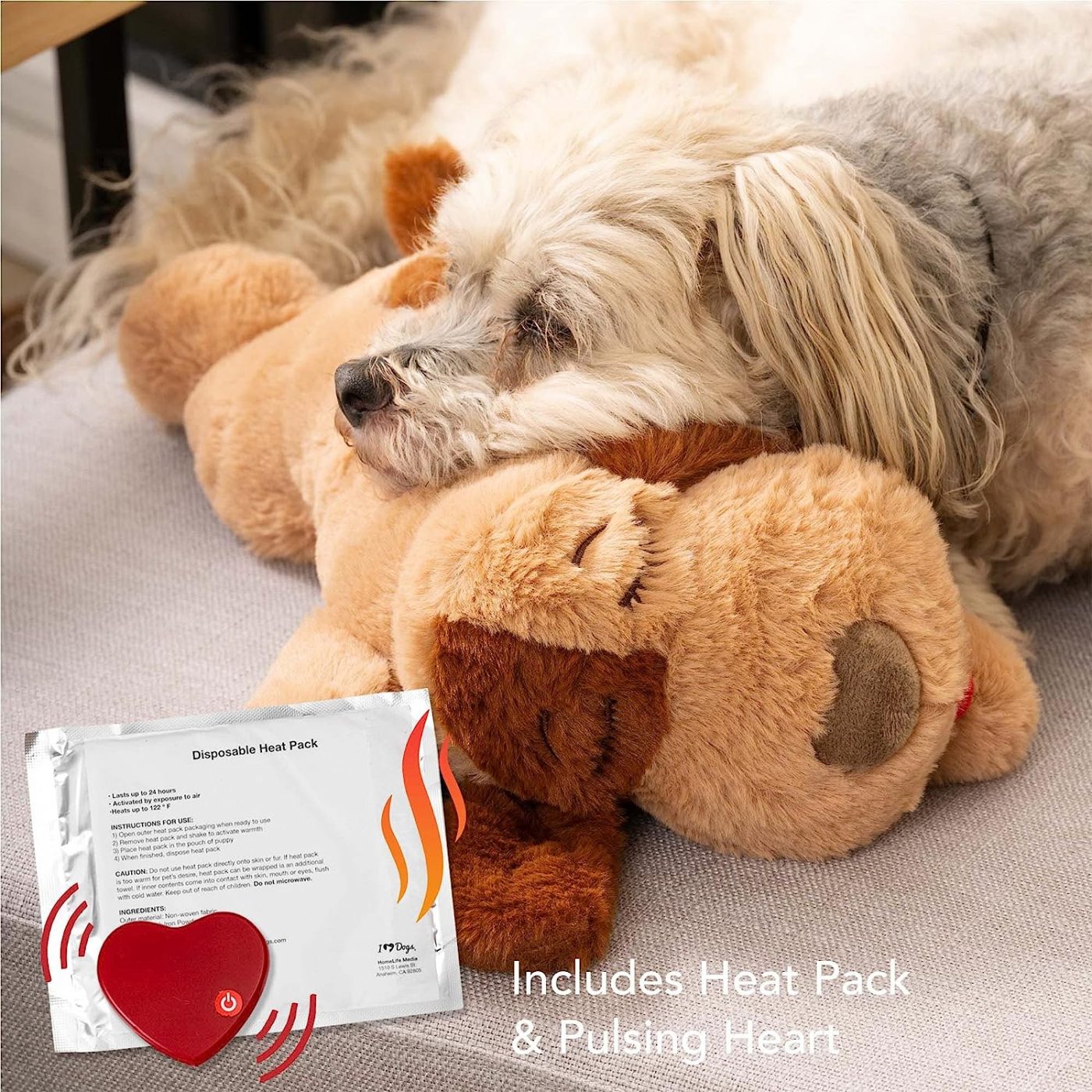
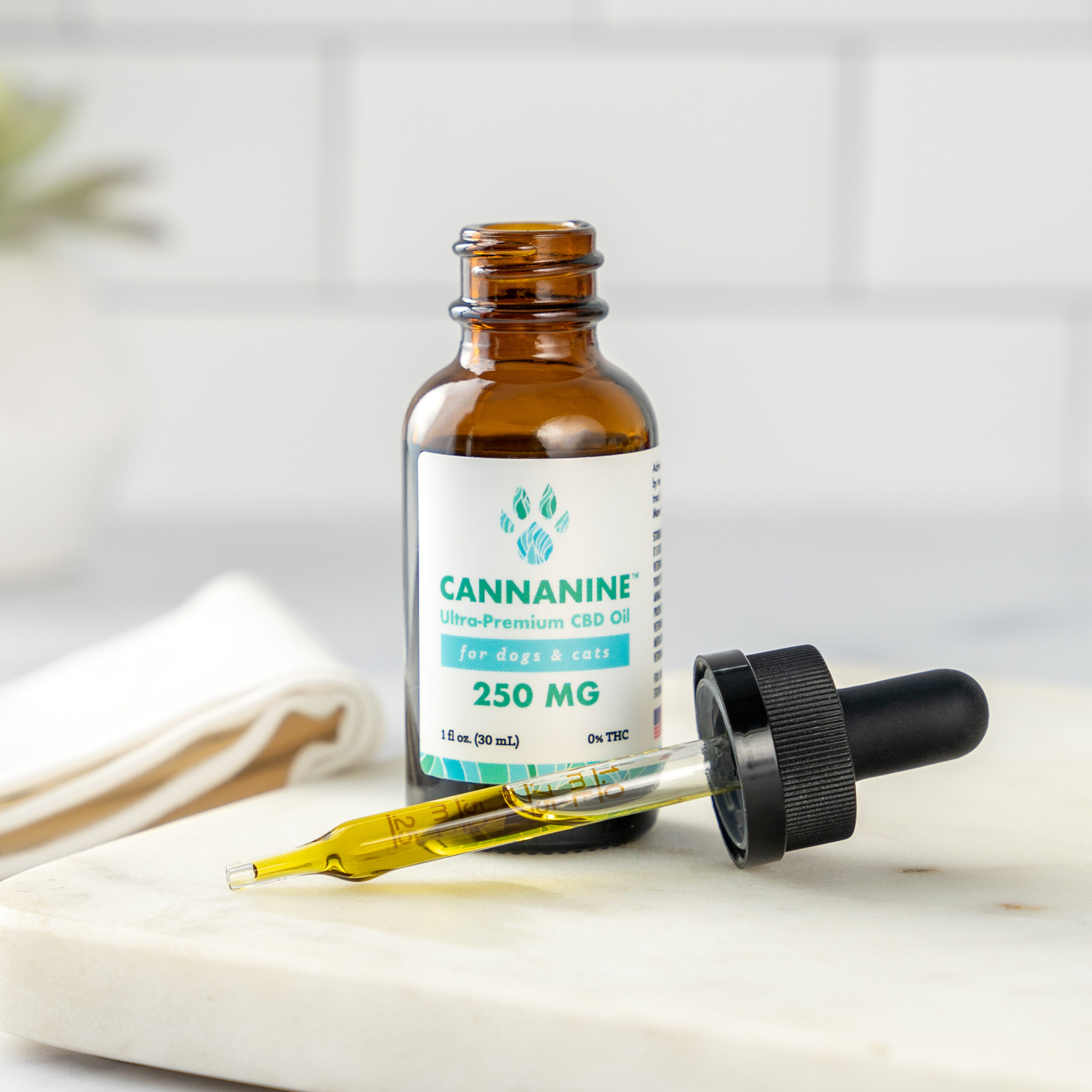
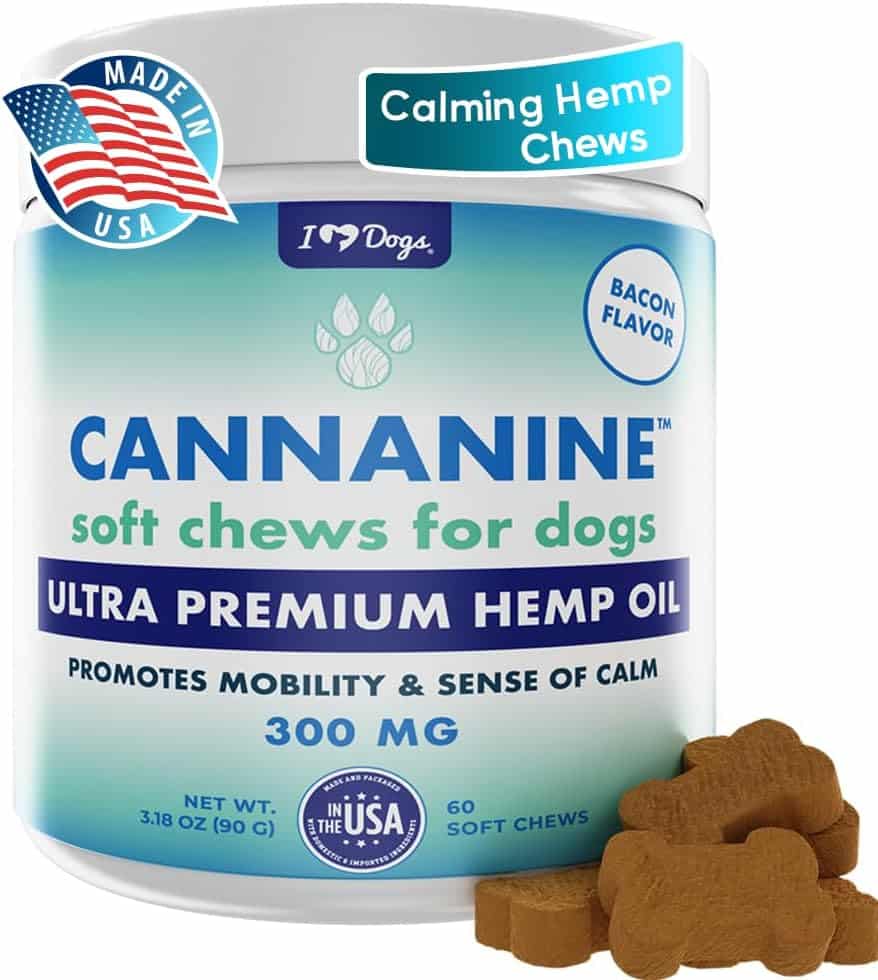

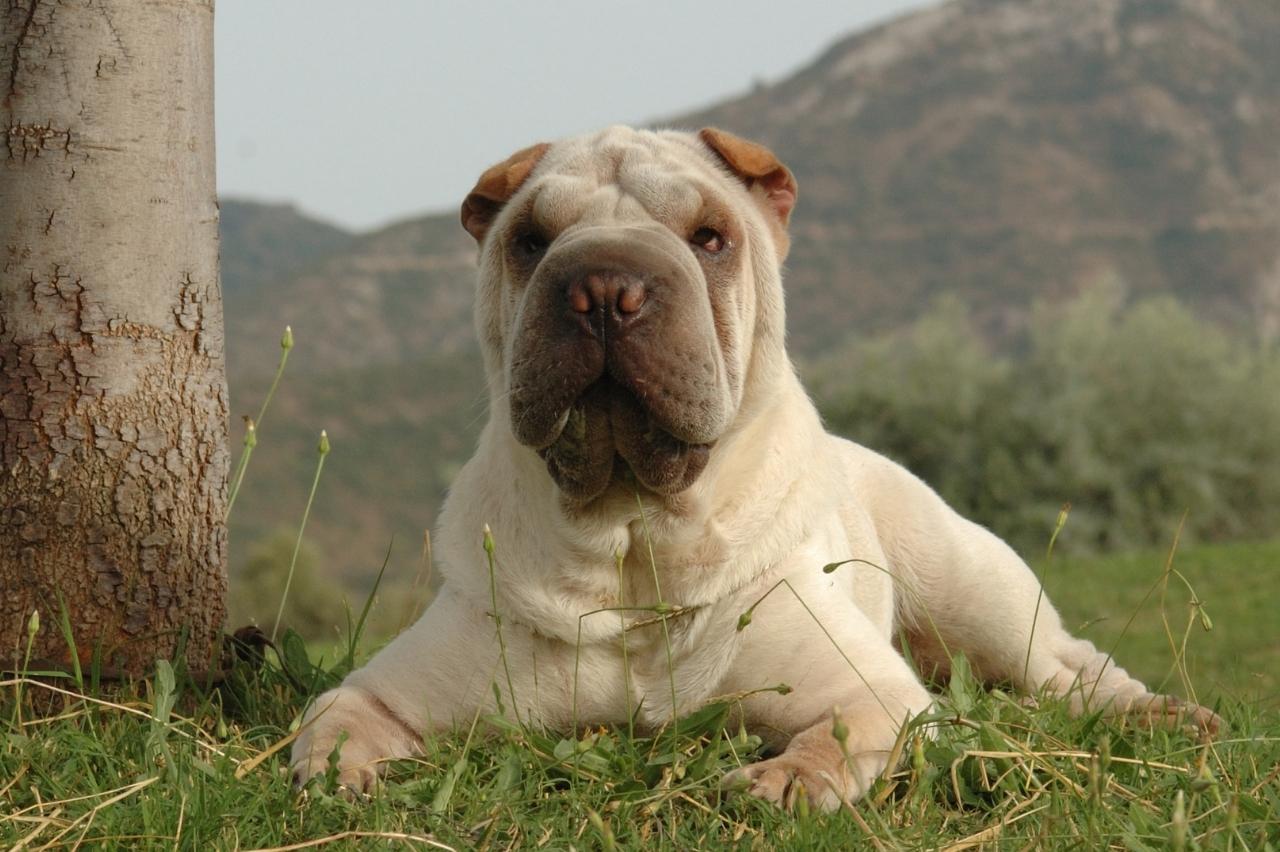
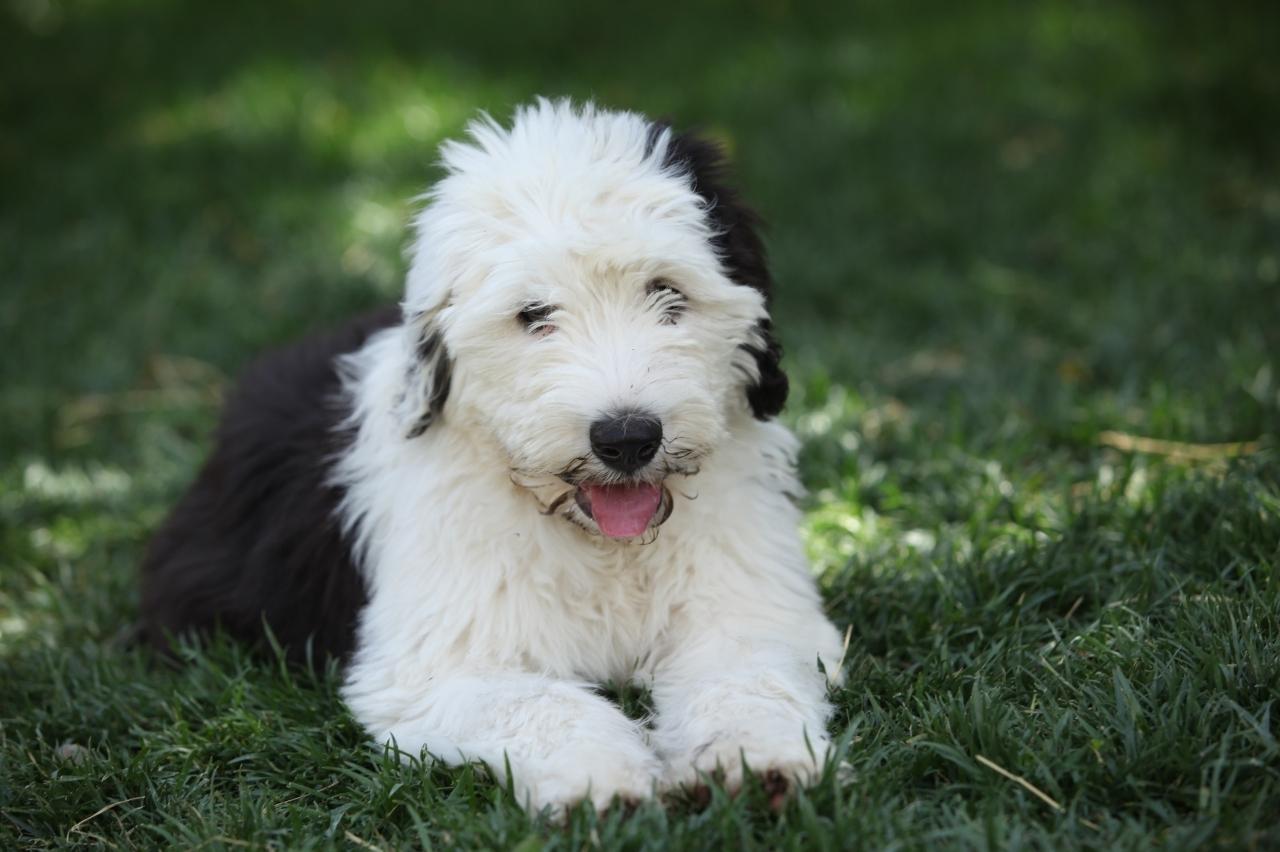
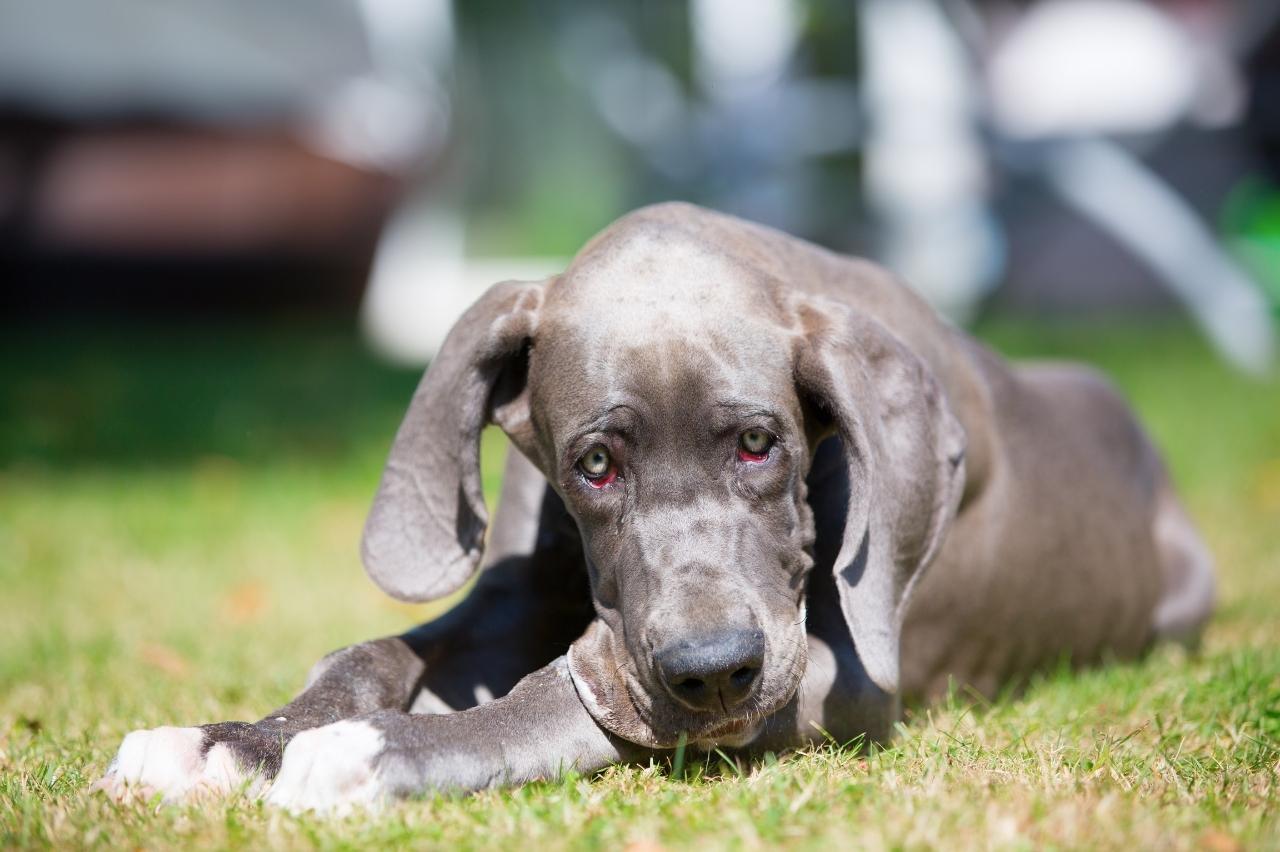
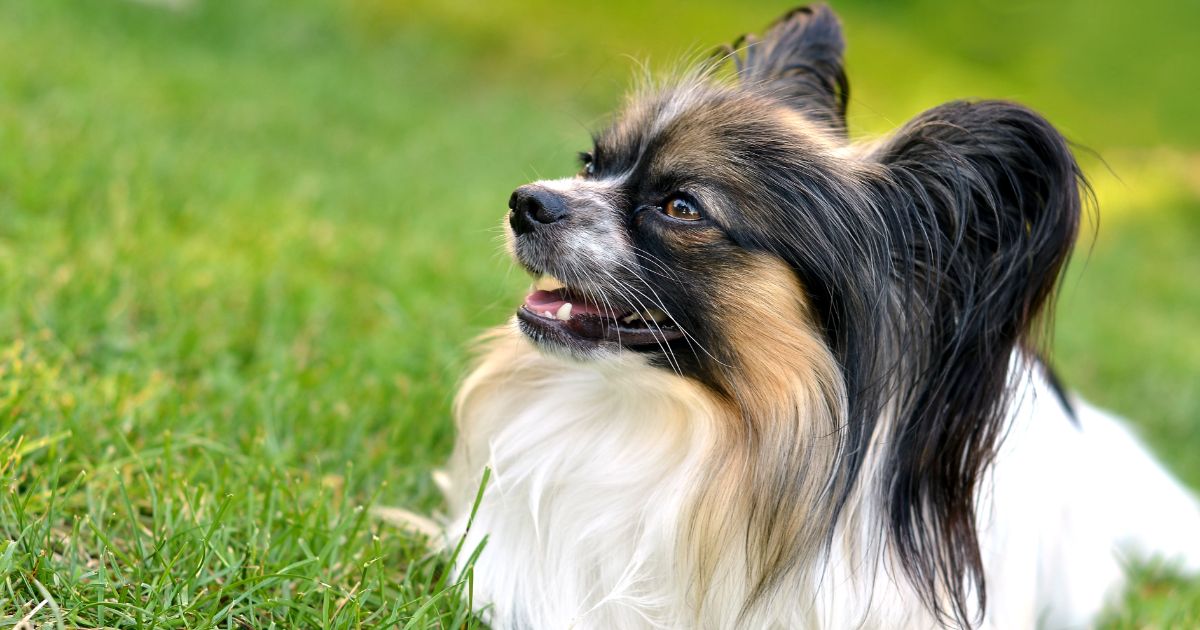
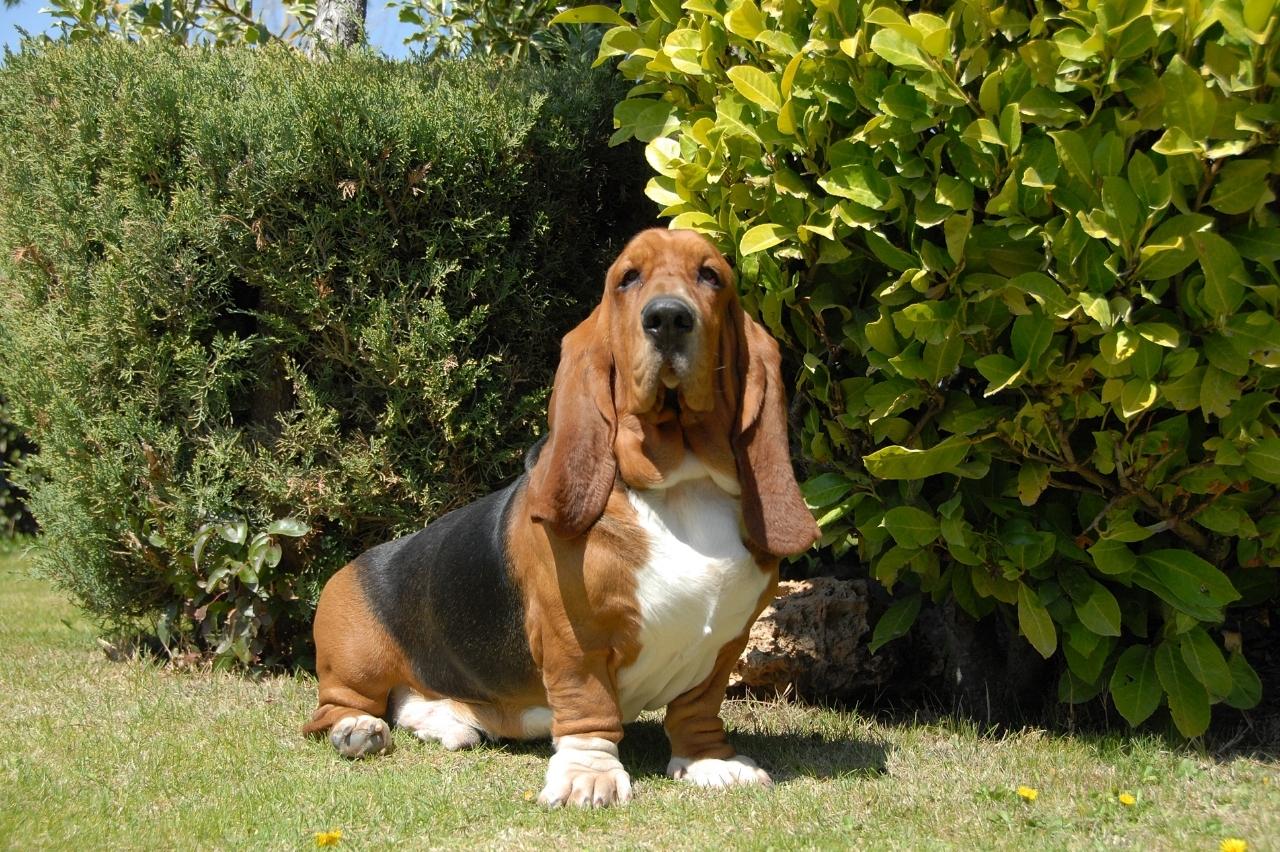
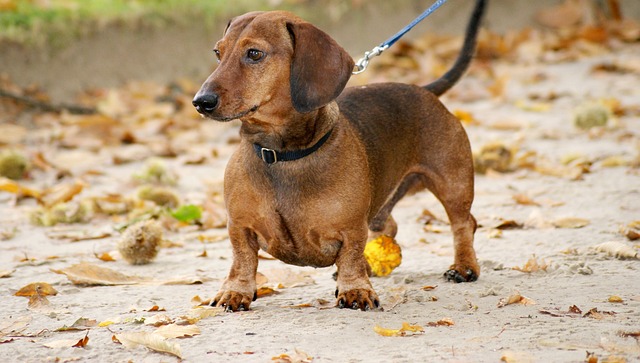
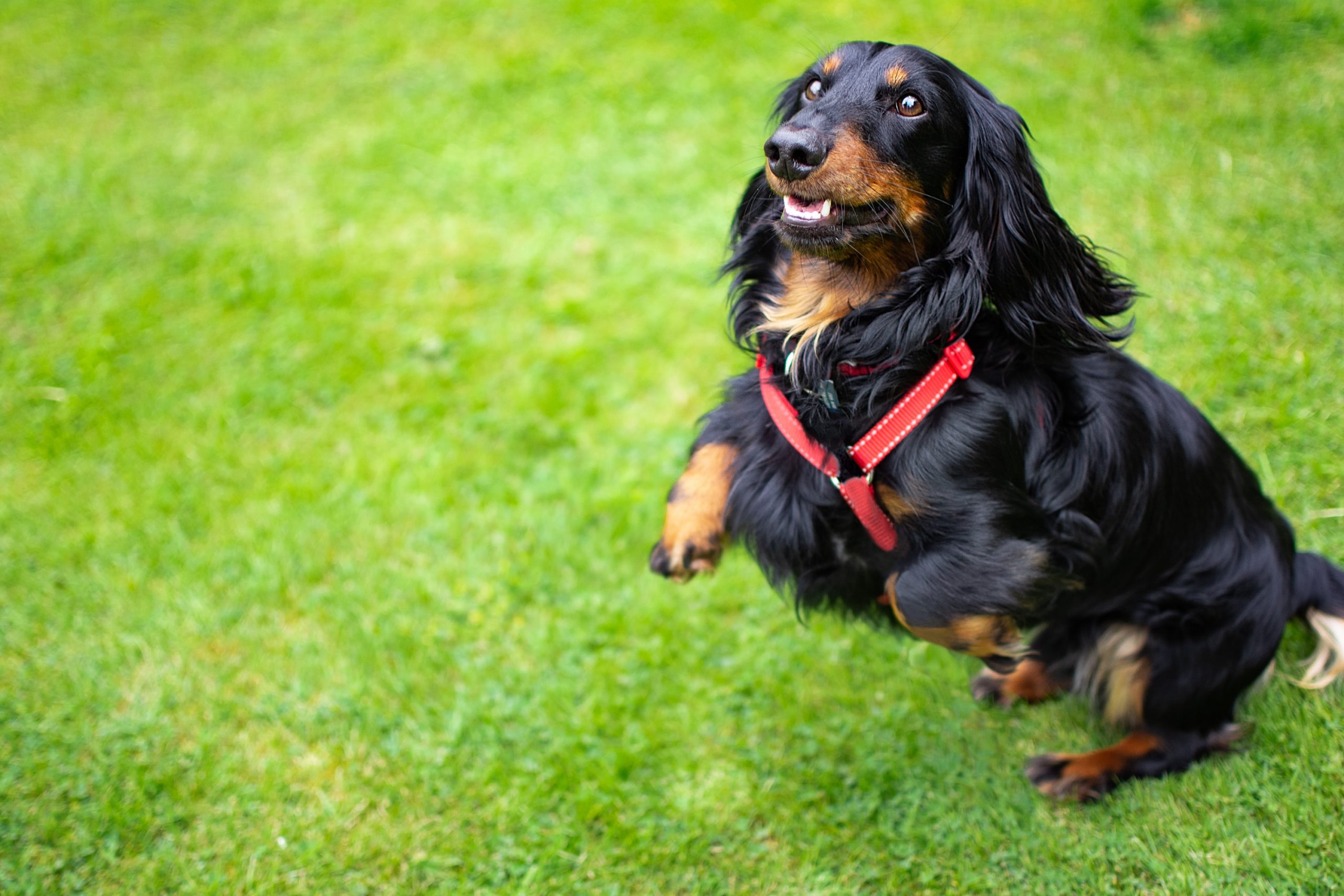
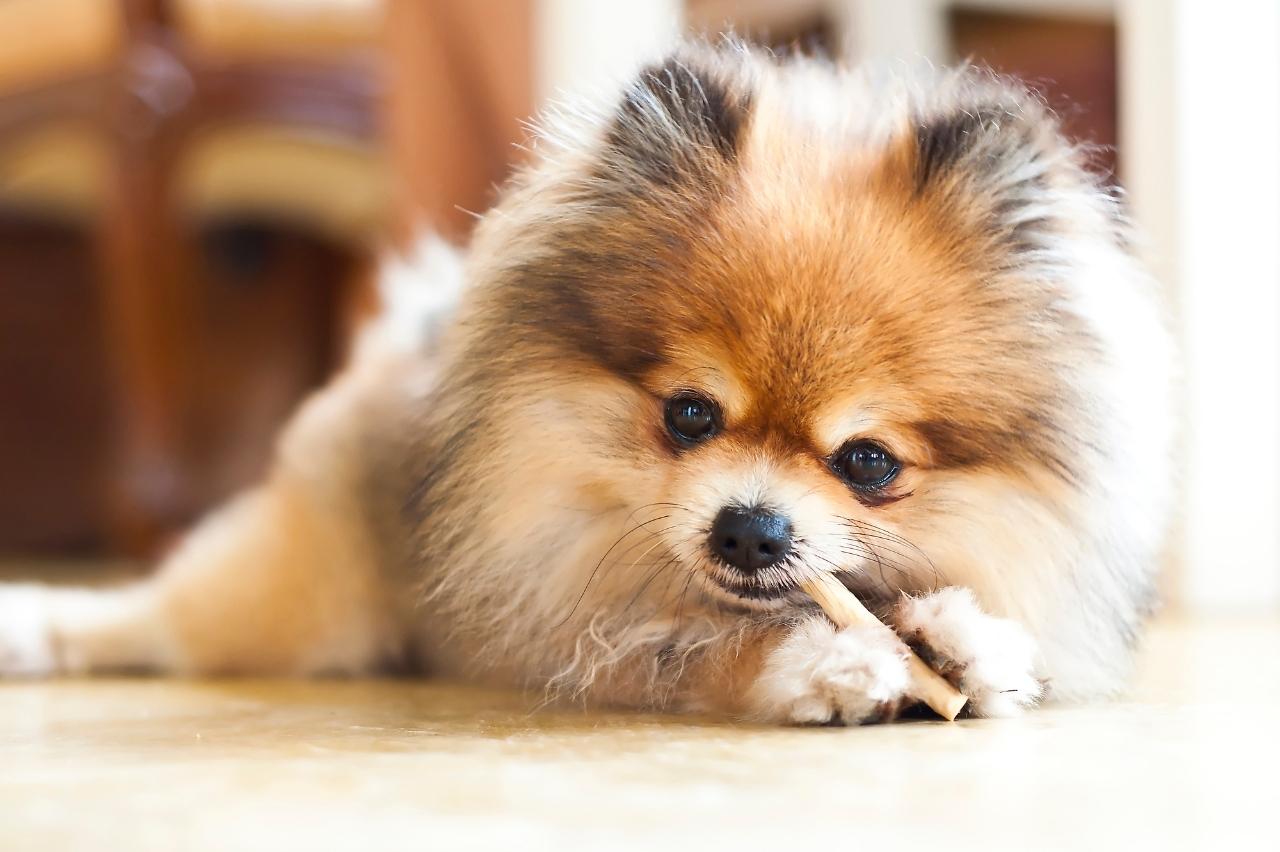

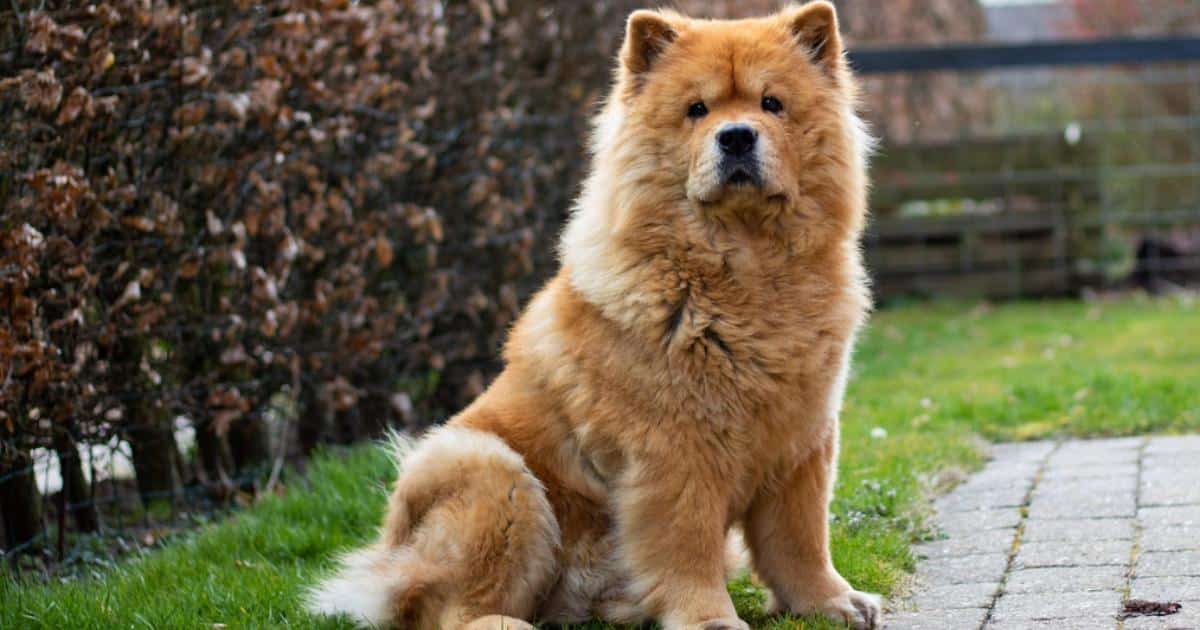
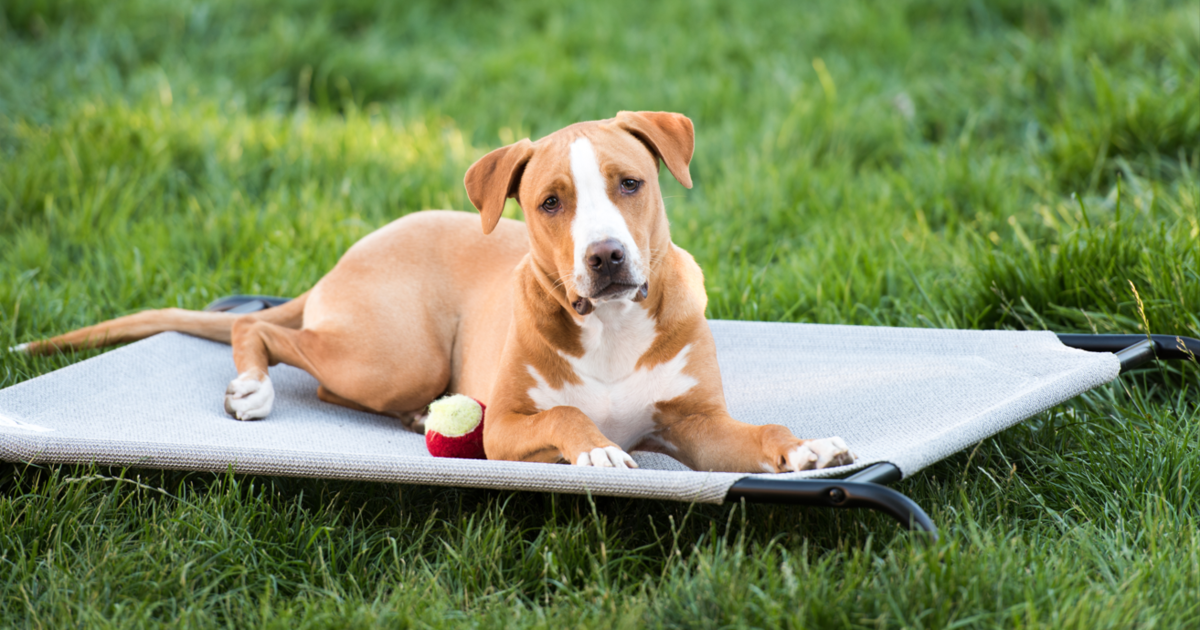

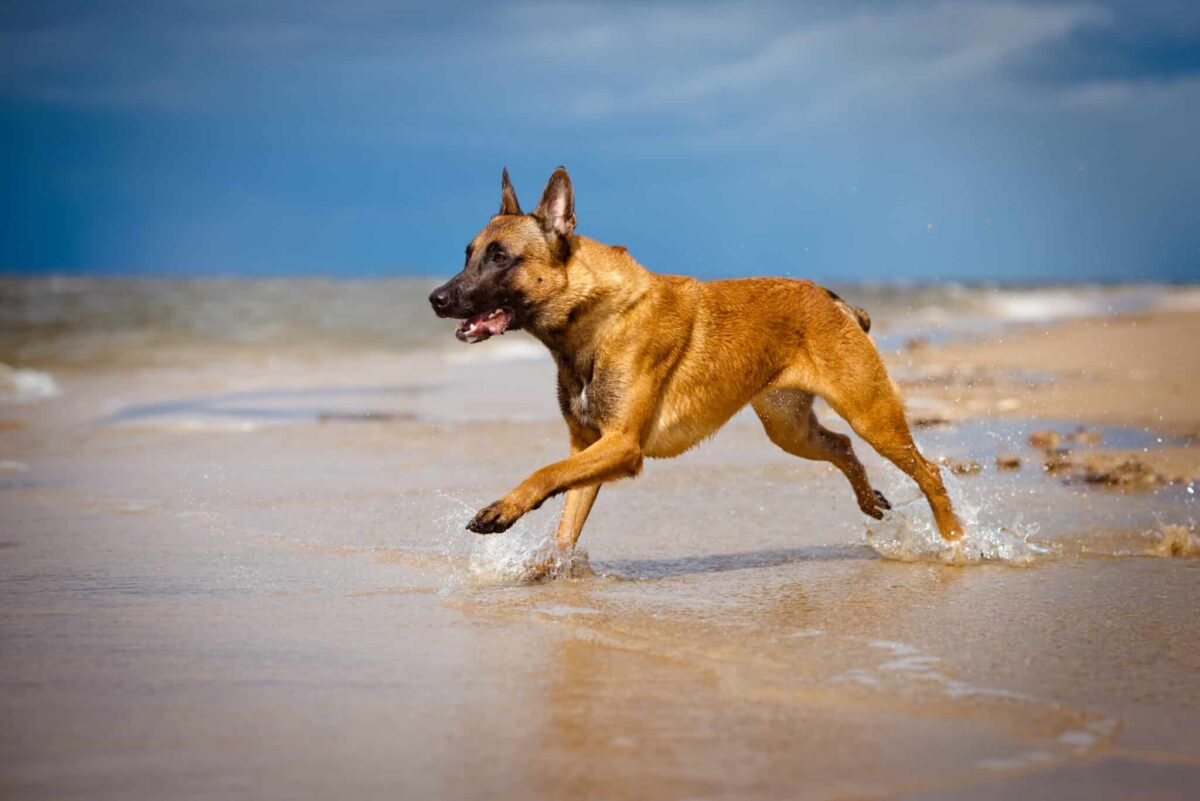


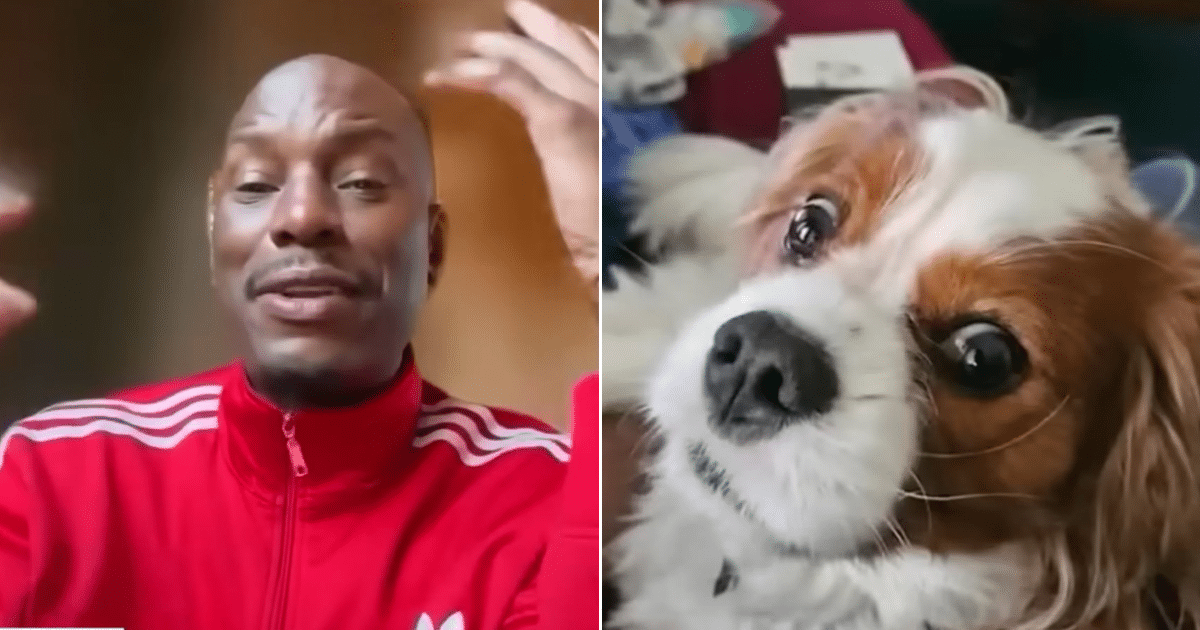
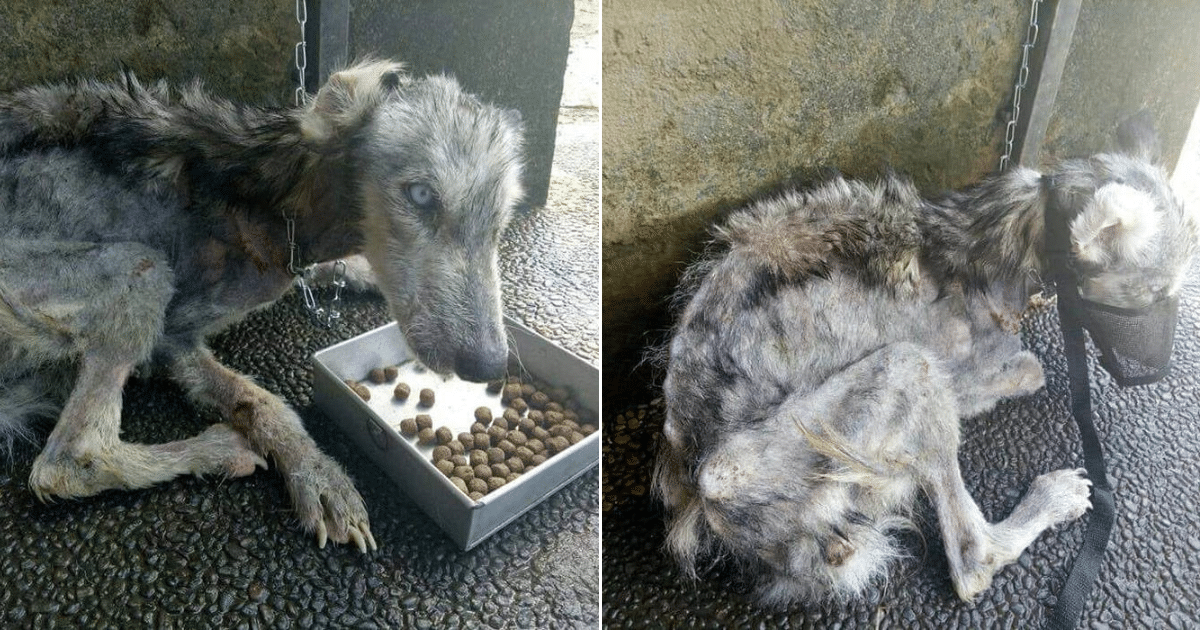

 English (US) ·
English (US) ·